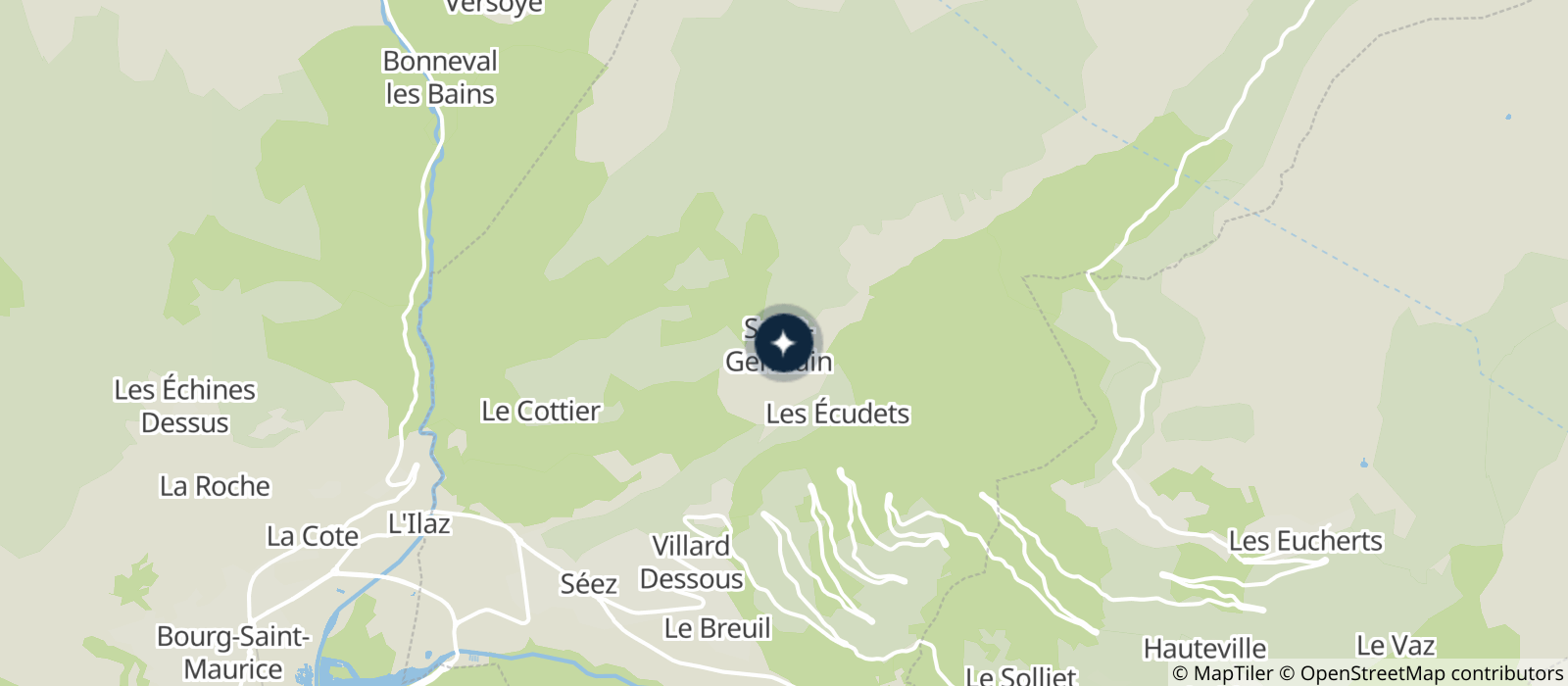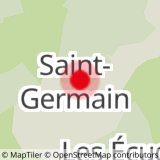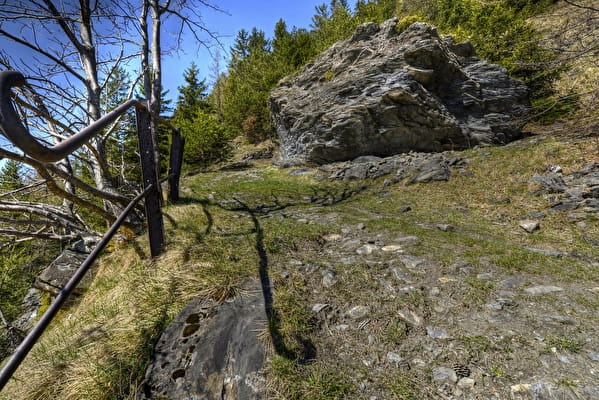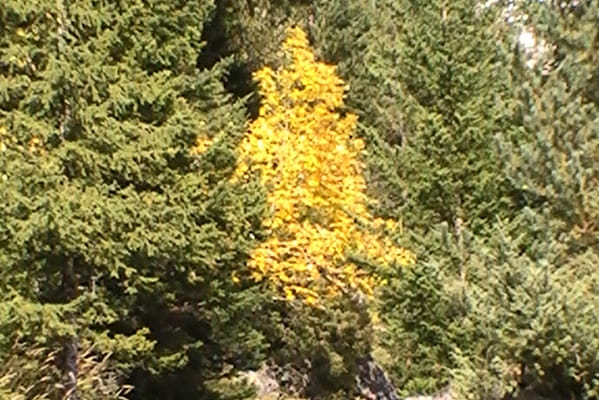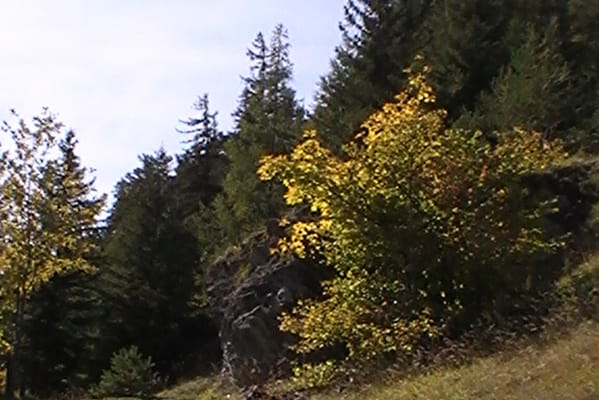Did you know the word Séez comes from the Latin "sextum" which means six. This was a reference to where Séez was built: on the "sixth milestone" of th Roman Road.
The frequentation of the alpine passes by the men and their various goods goes back to a very old time (average or recent Neolithic 3000 to 2500 before J.C.). In the Bronze Age (1800 to 800 BC) there were already important trade flows.
Some invaders from Italy crossed the Alps before the Gallo-Roman period, the Gauls of Bellovese around 309 BC, the Carthaginians with Hannibal in 218 BC then Hasdrubal around 207, the Cimbri in 101BC.
The beginning of the construction of this road probably dates back to the period of Julius Caesar around 45 BC its completion is around the year 2 or 3 AD Agrippa son-in-law and preferred adviser of the Emperor Augustus played an important role in his production.
It was the main road that linked Milan to Vienna, in the Rhône valley.
Around the year 18 AD the Greek geographer Strabo indicates that it was passable by tanks for most of its route.
Its structure adapted to the terrain of the mountain is most often made of beaten earth leveling the ground over a width of 3 to 5 meters.
You can easily follow its route on the Italian side, from the Thuile d'Aosta (Ariolicum) it bears the name of Mulaterria.
The passage of the Col du Petit Saint-Bernard (In Alpe-Graia) is done through a plateau about 2.5 km long. The Roman road is well marked at the border near the "cromlech" and the Colonne Joux (Columna Jovis)
At this level, along the route, are the remains of a stopover gîte (Mansio East) as well as, opposite the Joux column, another building (Mansio West). After having bypassed a marshy area, the route continues on the right bank of the Reclus stream in the direction of Séez located lower in the valley.
The route remains clearly visible between the pass and the hamlet of Saint-Germain because until the end of the 19th century it was the crossing road between Savoy and the Aosta Valley. Overlooking a ravine with the evocative name of "Creux des Mort" at the bottom of which flows the Reclus, the road passes near the place called "la Colonne" where there existed a short time ago, the base of what could be a broken column. The road then takes through a small plateau in the direction of the hamlet of Chavonnes before arriving after a switch to that of Saint-Germain sur Séez.
- Historic site and monument
Roman road from Séez to the Petit Saint-Bernard pass
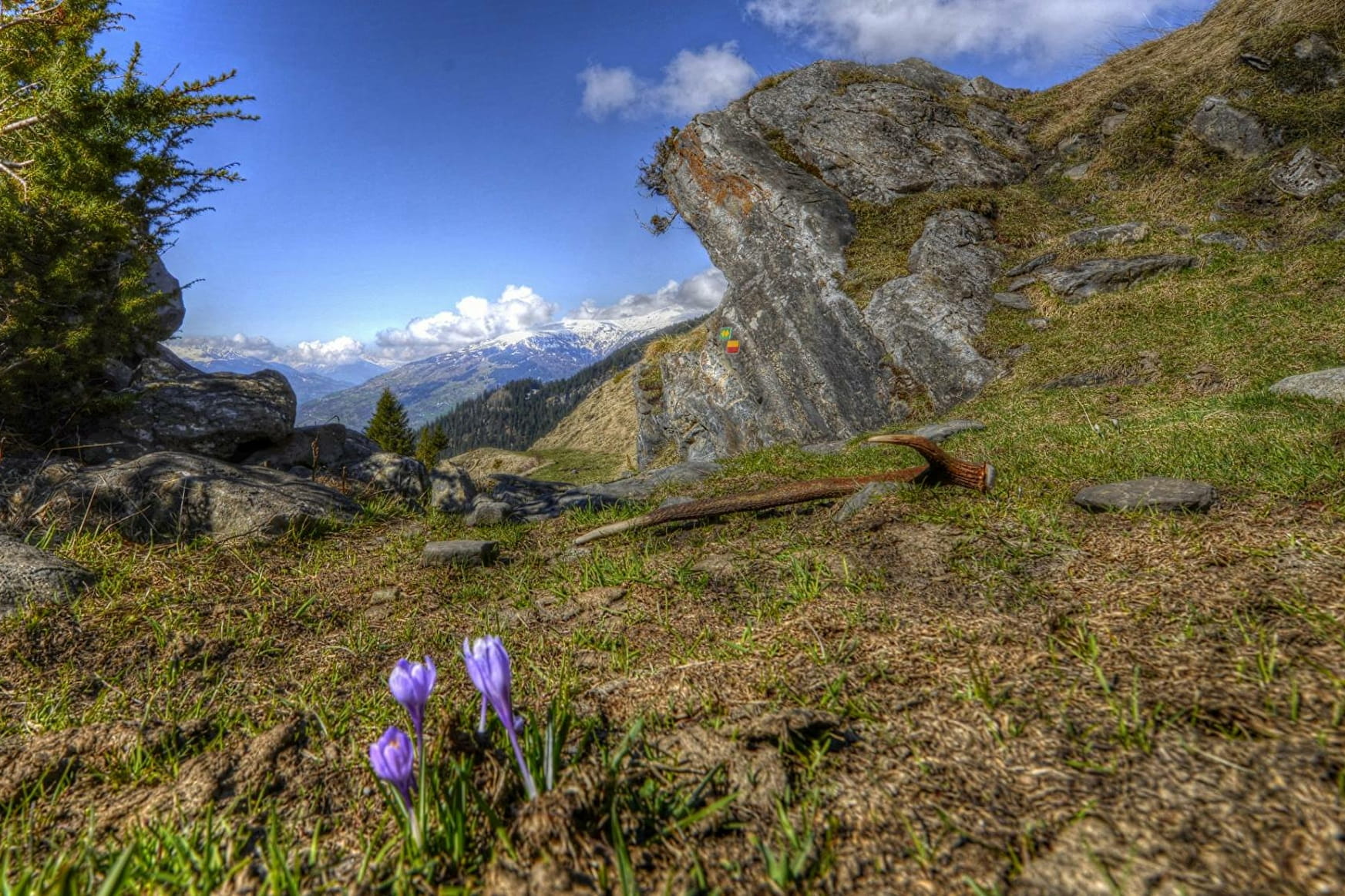
Walk through history along the Roman Road that linked Vienne in France with Milan in Italy.
About
Reception
Opening
From 01/06 to 31/10, daily.
Services
- Pets welcome
- Parking nearby
Contacts
Access
